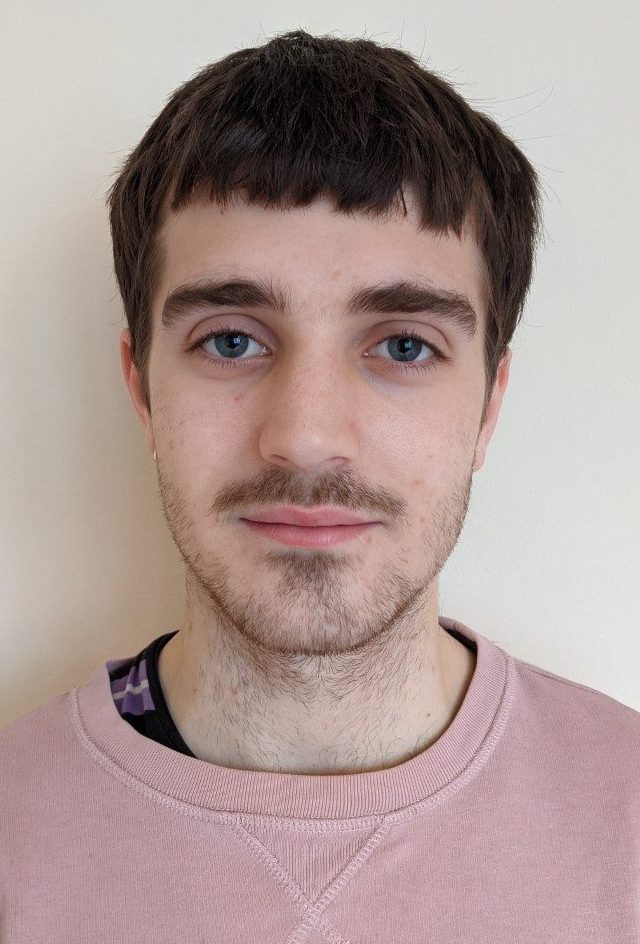Top tips for correcting captions
 Rory Greig is a Student Partner Intern (SPI) and has been part of our Online Blended Learning (OBL) cohort this year. Over the 2020/21 academic year this cohort of SPIs have worked in partnership with staff, undertaking activities such as reviewing academic content and supporting transcription and subtitling projects across the University.
Rory Greig is a Student Partner Intern (SPI) and has been part of our Online Blended Learning (OBL) cohort this year. Over the 2020/21 academic year this cohort of SPIs have worked in partnership with staff, undertaking activities such as reviewing academic content and supporting transcription and subtitling projects across the University.
As it is now a requirement that all videos published on our websites via YouTube and the University are subtitled, we thought you might find it useful to hear Rory’s reflections on the process of correcting automatically-generated captions – and particularly his tips on how to speed up the process!
Whenever starting a new, repetitive task, I am struck by how natural the process of optimisation is. Be it carrying glasses, sorting stock or correcting recorded lecture transcripts, I always go through the same, satisfying process of trying the task in the most obvious way, establishing where time is being wasted, and then sorting through possible tactics to cut out that wasted time.
The first few recorded lectures I worked through, correcting the automatically-generated captions, I almost couldn’t believe how long it took. A minute of lecture would take me a minute and a half of captioning at best and often longer, despite the subtitles generated being impressively accurate. Some streamlining was obvious – at first, I would always do a final check, replaying the whole lecture to check for mistakes. This meant that on my first listen I was less thorough; seeing a mistake but knowing I could just correct it in my next listen rather than pause, scroll up, correct, un-pause. I started going to that effort to be precise on my first listen and relying on that diligence to ensure there were no – or close to no – mistakes to be corrected, meaning I could cut the time-consuming second listen.
I experimented with scanning through the transcript, looking for obvious mistakes which I could correct quickly before the first listen through, allowing it to be more fluid with fewer stops and starts, but ultimately I dismissed this; while it was obvious where the mistakes the auto-translation had made were, it was often impossible to assume what the correction should be.
I realised that what was slowing me down the most was something which I thought was saving me time. Pausing and unpausing was obviously time consuming and so I sought to cut it down as much as possible, trying to correct mistakes without pausing, then quickly reading to catch up with the lecture. However often this resulted in my being unsure what the correction was and so having to rewind the lecture, often clicking a bit too far back and having 15 or 20 seconds of deadtime listening to a part of the lecture I already knew was accurate. But then pausing more regularly, after each mistake noticed, also felt unnecessarily time-consuming. It all clicked into place when I realised that Blackboard was receptive to the pause buttons on my headphones. While before I would have to click between the two tabs I had open, one for the transcript, one with the lecture, I could now read along to the lecture with one hand ready on the earphones’ pause button, able to instantly pause when I saw a mistake, correct it and then quickly un-pause.
A few other tactics I found useful were playing the lecture back at 1.25 or 1.5 speed, depending on the lecturer and their speed of talking, and not worrying about perfect spelling (something I am pretty bad at) by copying and pasting the corrected transcript into a spell-checker before sending it off.
Ultimately, with something like transcription where accuracy is essentially the entire point of the exercise, reducing time should not be the top priority. That said, it is satisfying and rewarding to find ways to improve, and I find the more I feel like I am doing, the quicker the time passes.
If you are interested in learning more about our Student Partner Internships, please see the Student Partners Programme pages.







0 Comments